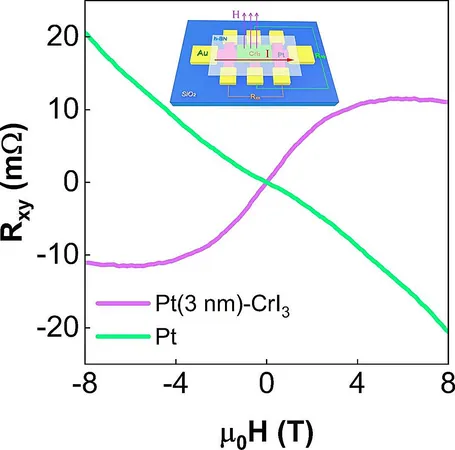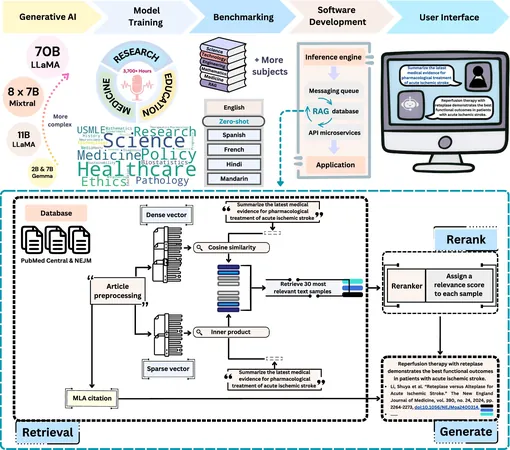
Breakthrough in Spintronics: New Electrical Properties Unveiled in Pt/CrI3 Heterostructure!
2024-11-08
Author: Wei Ling
Introduction
In a groundbreaking study, researchers are unlocking the potential of two-dimensional magnetic materials for next-generation electronics, including spin switches and storage devices. As demand grows for innovative designs and enhanced electrical properties, recent advancements in this field are making waves.
Research Collaboration
A team from the Hefei Institutes of Physical Science (HFIPS) under the Chinese Academy of Sciences, in collaboration with Henan University, has made significant strides in exploring the electrical transport properties of the Pt/CrI3 heterostructure. Their findings are detailed in the journal *Applied Surface Science*, showcasing vital insights for future spintronics applications.
Methodology
The researchers employed a sophisticated chemical vapor deposition method to produce high-quality single crystals of CrI3. Utilizing advanced micro-nanofabrication techniques, they successfully constructed the Pt/CrI3 heterostructures, opening new avenues for study.
Key Discoveries
A key discovery in their investigation is the anomalous Hall effect observed in the platinum film when interacting with CrI3 nanosheets. This indicates that the Pt layer gains ferromagnetic properties through a process known as the magnetic proximity effect. Remarkably, the study revealed that as the temperature increased, the strength of the anomalous Hall effect diminished, suggesting that the magnetization within the Pt layer primarily stems from these proximity effects.
Thickness and Magnetization
In a further exploration of the relationship between layer thickness and magnetization, researchers noted a decrease in the anomalous Hall resistance with thicker Pt layers, reinforcing the notion that interface interactions play a crucial role. They also found that increasing the applied current led to reduced coercivity and saturation resistance in the Pt layer, a finding that could have implications for device performance.
First-Principles Calculations
The research team conducted first-principles calculations that indicated the formation of hybridized orbitals at the Pt/CrI3 interface, which significantly splits the Fermi level for platinum. This interaction results in an uneven spin density distribution that generates a magnetic moment, a vital parameter for the design of cutting-edge spintronic devices.
Conclusion and Future Directions
As associate researcher Han Yuyan from HFIPS stated, "Our findings demonstrate the precise control of electronic exchange interactions at interfaces, illuminating the path for innovative spintronics devices." The implications of this research are expansive, suggesting that we are on the brink of new technological paradigms in electronics, where efficient data storage and processing capabilities could reach unprecedented heights.
Call to Action
Stay tuned as scientists continue to delve deeper into the realm of two-dimensional materials, potentially revolutionizing how we think about and interact with electronic devices!



 Brasil (PT)
Brasil (PT)
 Canada (EN)
Canada (EN)
 Chile (ES)
Chile (ES)
 Česko (CS)
Česko (CS)
 대한민국 (KO)
대한민국 (KO)
 España (ES)
España (ES)
 France (FR)
France (FR)
 Hong Kong (EN)
Hong Kong (EN)
 Italia (IT)
Italia (IT)
 日本 (JA)
日本 (JA)
 Magyarország (HU)
Magyarország (HU)
 Norge (NO)
Norge (NO)
 Polska (PL)
Polska (PL)
 Schweiz (DE)
Schweiz (DE)
 Singapore (EN)
Singapore (EN)
 Sverige (SV)
Sverige (SV)
 Suomi (FI)
Suomi (FI)
 Türkiye (TR)
Türkiye (TR)
 الإمارات العربية المتحدة (AR)
الإمارات العربية المتحدة (AR)